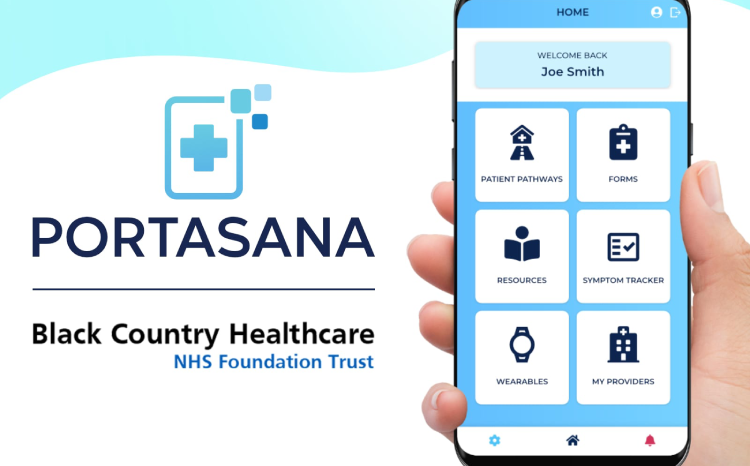Docobo adds remote monitoring solution for cardio-respiratory patients

Docobo has developed and launched a new remote monitoring approach for patients with cardio-respiratory diseases which will allow clinicians to assess breathing rates virtually.
The new functionality is available within DOC@HOME, Docobo’s digital health platform. It supports healthcare professionals in remotely assessing patients’ breathing rates and breath variations, whether the patient is at home, in residential care or on a virtual ward. Clinicians will be able to track inspiration and expiration waveforms to produce accurate breathing rates.
Clinicians and triage teams will also have the ability to view integrated cardio-respiratory information via a single screen. They can add observations and assessments by using drop-down menus and free text entry, so they can record important comments and notes.
The resulting cardi-respiratory notes can then be shared electronically with other electronic patient record systems.
Peter Levene, director of clinical research at Docobo, said: “The new solution will show respiration waveforms remotely recorded from patients at home, for the first time. It provides a direct indication of how patients are breathing in addition to the breath rate and whether there are underlying issues requiring intervention or support.”
Docobo, who was bought late last year by Graphnet, has been expanding the use of its remote monitoring solution DOC@HOME in line with the move towards a ‘hospital without walls’ environment. By deploying its technology through care homes, patients at home, virtual wards and acute hospitals it is supporting clinicians to deliver improved care while also encouraging patients to self-manage their health.
Adrian Flowerday, managing director of Docobo, said: “We are very pleased to be launching this new capability which will enhance care for patients with cardio-respiratory diseases and is using remote monitoring to transform out-of-hospital care and provide the right intervention and support for patients.”




